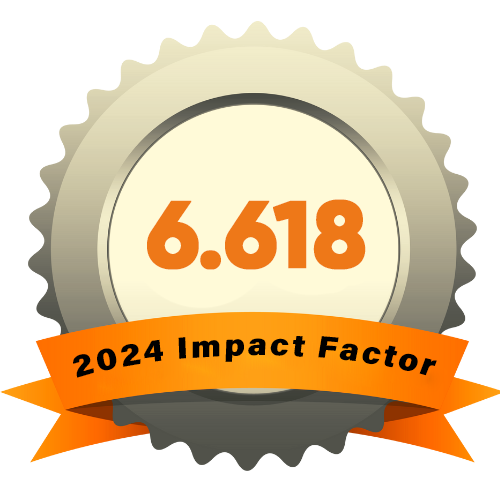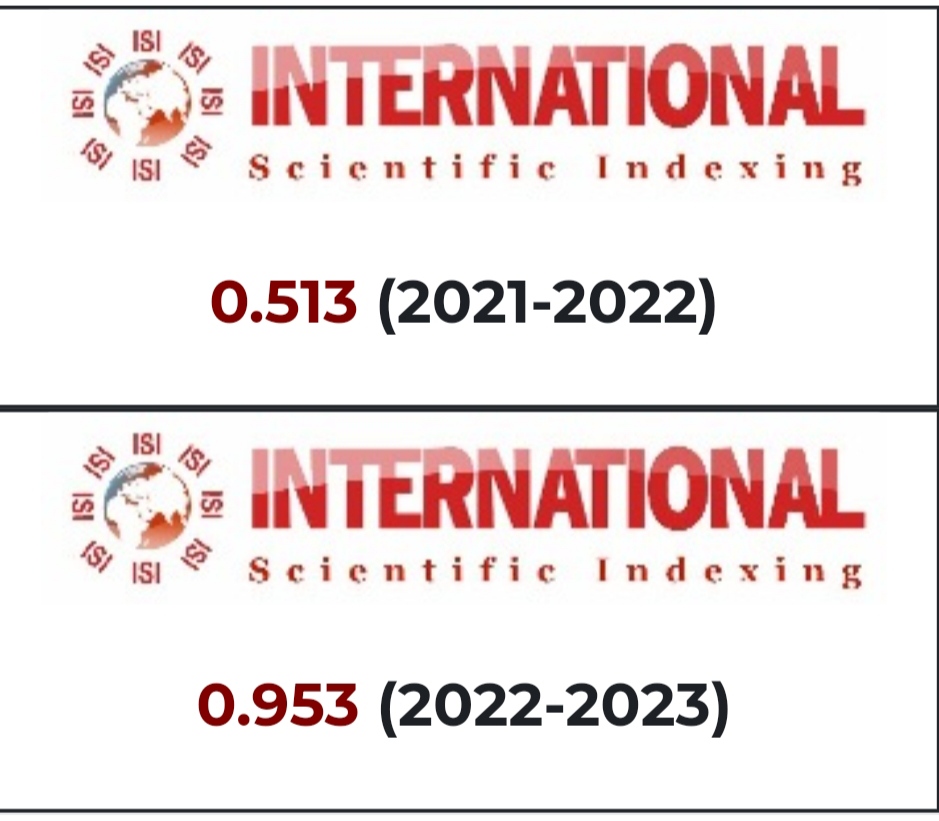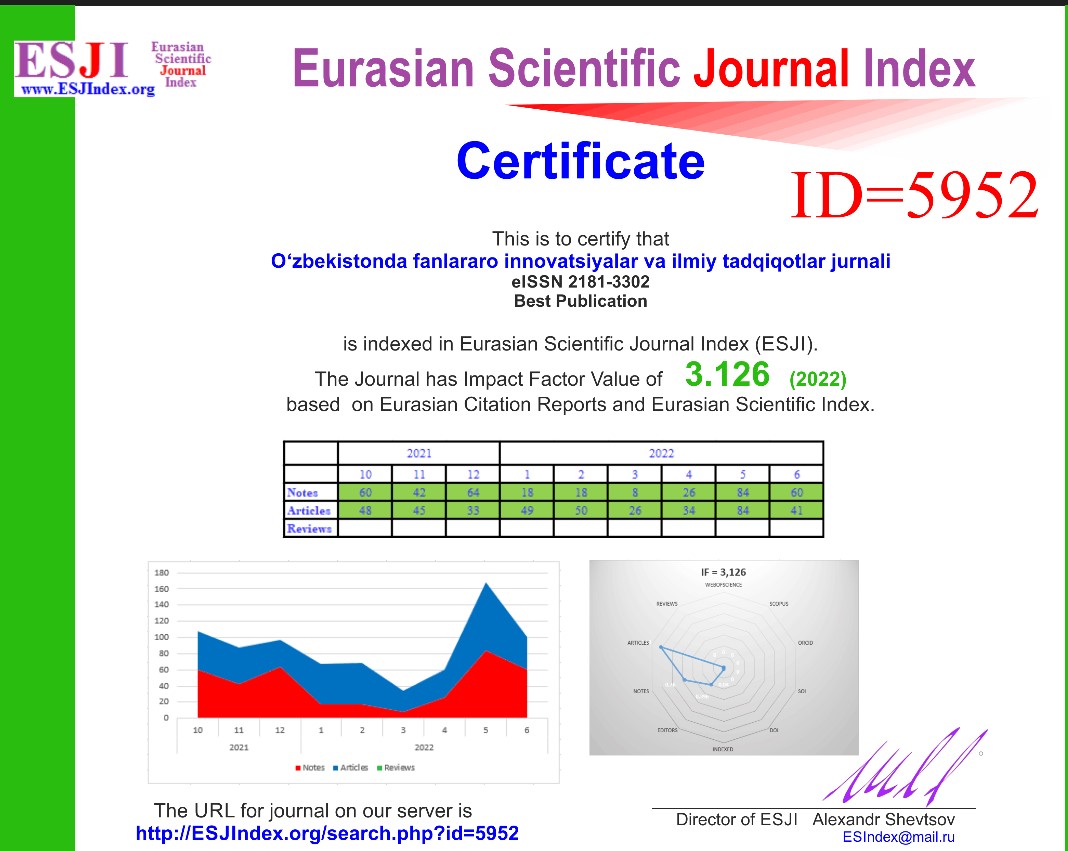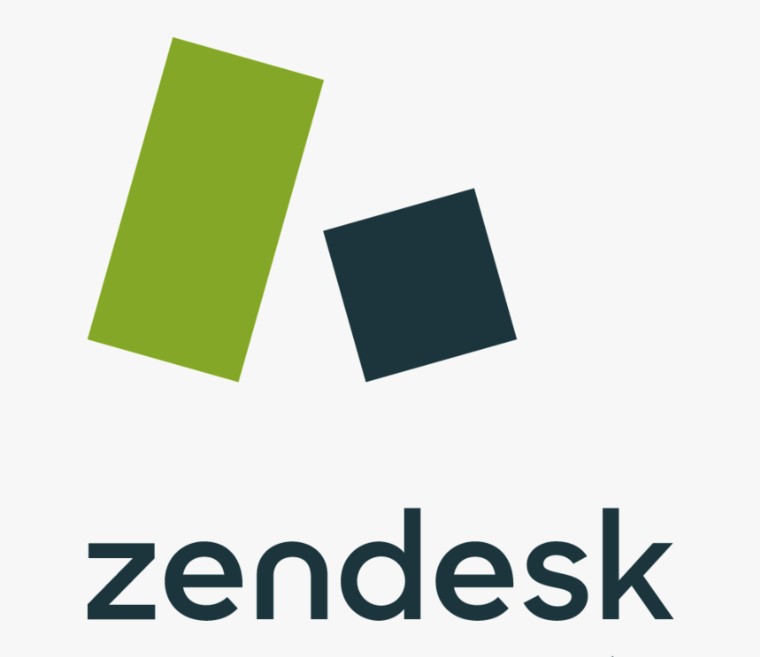METHODS OF CALCULATING GLOBAL BLOOD FLOW IN THE HUMAN BODY USING HETEROGENEOUS CALCULATION MODELS
Keywords:
global blood flow, human body, calculation models, heterogeneous models, cardiovascular systemAbstract
This scientific article provides an overview of the methods and calculation models used to estimate global blood flow in the human body. The article begins by emphasizing the importance of measuring global blood flow for understanding cardiovascular function and assessing overall health. It then explores the challenges posed by the heterogeneous nature of blood circulation and introduces the concept of heterogeneous calculation models. The article presents an analysis of different approaches and computational techniques employed in these models. Additionally, it includes tables and figures that illustrate the applications of these models in studying blood flow distribution. The article concludes by summarizing the key findings and highlighting the potential of heterogeneous calculation models in advancing our understanding of global blood flow.
References
M.V. Abakumov, I.V. Ashmetkov, N.B. Esikova, V.B. Koshelev, S.I. Mukhin, N.V. Sosnin, V.F. Tishkin, A.P. Favorskij, A.B. Khrulenko. Strategy of mathematical cardiovascular system modeling. Matematicheskoe Modelirovanie, 12 (2000), no. 2, 106-117.
J. Alastruey, A.W. Khir, K.S. Matthys, P. Segers, S.J. Sherwin, P.R. Verdonck, Kim H. Parker, J. Peir´o. Pulse wave propagation in a model human arterial network: Assessment of 1-D visco-elastic simulations against in vitro measurements. Journal of Biomechanics, 44 (2011), 2250-2258. 20 N. Bessonov, A. Sequeira S. Simakov Yu. Vassilevskii V. Volpert Methods of blood flow modelling
J. Alastruey, S.M. Moore, K.H. Parker, T. David, J. Peir´o, S.J. Sherwin. Reduced modelling of blood flow in the cerebral circulation: Coupling 1-D, 0-D and cerebral auto-regulation models. International journal for numerical methods in fluids, 56 (2008), no. 8, 1061-1067.
J. Alastruey, K.H. Parker, J. Peir´o, S.J. Sherwin. Lumped parameter outflow models for 1-D blood flow simulations: effect on pulse waves and parameter estimation. Communications in Computational Physics, 4 (2008), no. 2, 317-336.
A.G. Alenitsyn, A.S. Kondratyev, I. Mikhailova, I. Siddique. Mathematical modeling of thrombus growth in microvessels. Journal of Prime Research in Mathematics, 4 (2008), 195-205.
D. Alizadehrad, Y. Imai, K. Nakaaki, T. Ishikawa, T. Yamaguchi. Parallel simulation of cellular flow in microvessels using a particle method. Journal of Biomechanical Science and Engineering, 7 (2012), no. 1, 57-71.
M.P. Allen, D.J. Tidesley. Computer Simulation of Liquids. Clarendon, Oxford, 1987.
T. AlMomani, H.S. Udaykumar, J.S. Marshall, K.B. Chandran. Micro-scale dynamic simulation of erythrocyte-platelet interaction in blood flow. Annals of Biomedical Engineering, 36 (2008), no. 6, 905-920.
M. Anand and K.R. Rajagopal. A shear-thinning viscoelastic fluid model for describing the flow of blood. Int. J. of Cardiovascular Medicine and Science, 4 (2004), no. 2, 59–68.
M. Anand, K. Rajagopal, K.R. Rajagopal. A model for the formation, growth, and lysis of clots in quiescent plasma. A comparison between the effects of antithrombin III deficiency and protein C deficiency. J. Theor. Biol., 253 (2008), no. 4, 725–738.











